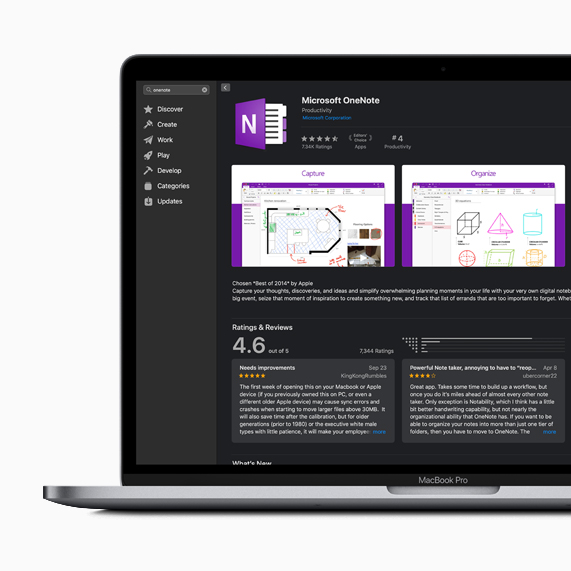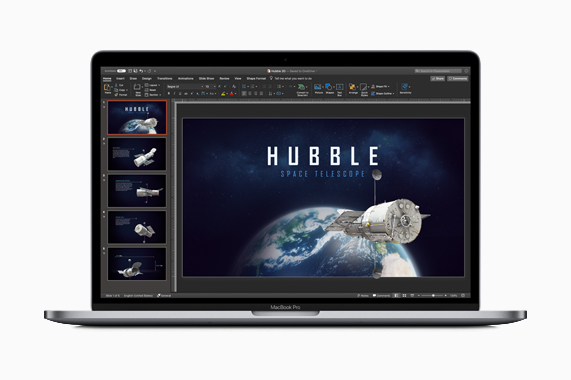Pakistan’s Independence Day, which is annually held on August 14, celebrates the country’s independence from the British rule on that date in 1947. This day is an occasion to promote patriotism and national unity.
Pakistan Independence Day
Many people dress in or use the colors green and white, which are Pakistan’s official colors, during Pakistan’s Independence Day.
©iStockphoto.com/duncan1890
What Do People Do?
People all over Pakistan celebrate Independence Day with patriotic zest. Many people who attend the Independence Day parades dress up in green and white, which are the Pakistani flag’s colors. People visit national monuments and places of national significance to celebrate Independence Day. This is also a time to meet relatives, exchange gifts and visit recreational spots.
Pakistan’s national flag is hoisted on public, private buildings, residences and monuments at dawn. Official buildings, including Parliament House, are decorated and colorfully lit. The prime minister and president address and congratulate the nation and talk about the day’s significance. Streets and houses are decorated with candles, oil lamps and pennants. Firework shows are put together on the eve of Independence Day.
Pakistan’s Independence Day also pays homage to people who devoted their lives for Pakistan’s freedom movement and made sacrifices to attain Pakistan’s independence. A change of guard takes place at national monuments, including the mausoleums of Muhammad Iqbal, who was a poet, philosopher, and politician, and Muhammad Ali Jinnah, who is considered by many as Pakistan’s founder and Quaid-i-Azam (supreme leader).
Events held during the day include special theatre shows, national song competitions, concerts, and Independence Day pageants. Radio and television stations broadcast national songs and specially prepared Independence Day programs.
Public Life
Independence Day is an official holiday in Pakistan on August 14. All governmental, non-governmental offices, organizations, educational institutions, post offices, and major markets are closed.
Public transport remains unavailable on all major routes. Traffic congestion is common due to Independence Day parades.
Background
The Indo-Pak subcontinent remained a British colony from 1849–1947. The subcontinent’s inhabitants did not approve of the British rule in united India. An uprising that occurred in 1857 eventually formed the shape of a freedom movement, which exemplifies the efforts of the people of British India in gaining their independence.
Muslims ruled the subcontinent before the British incursion and suffered due to the 1857 uprising against the British East India Company. Leaders such as Sir Syed Ahmed Khan and Syed Ameer Ali worked diligently for the Muslim people’s political advancement.
The Indian National Congress was formed in 1885, which later on became British India’s largest political party. Major Muslim political leaders, including Muhammad Ali Jinnah, were members of the Indian National Congress and worked towards Hindu-Muslim unity and India’s independence.
The All India Muslim League was founded on December 30, 1906. There was growing demand for an independent Muslim state in India. In 1930 Muhammad Iqbal presented the idea of a separate Muslim state that would geographically consist of the Muslim majority areas in the subcontinent. The word Pakistan is a conjunction of two words Pak meaning Pure and Stan meaning Land, a name coined by Choudhary Rahmat Ali.
Strong Hindu nationalism gave birth to the Two Nation Theory, an ideology that is accredited as being the basis for Pakistan’s creation. In 1940 the Pakistan Resolution was passed in Lahore demanding greater Muslim autonomy in British India.
After World War II, it was expected that the British colonies would soon disintegrate. The Pakistan Movement, spearheaded by Muhammad Ali Jinnah, resulted in creating a Muslim state. Pakistan gained independence from the British rule on August 14, 1947. At its birth, Pakistan had two parts commonly referred to as East and West Pakistan. In 1971 East Pakistan parted from West Pakistan and became Bangladesh.
Symbols
Green and white are Pakistan’s official colors. White represents peace while green symbolizes prosperity and good fortune.

/cdn.vox-cdn.com/uploads/chorus_image/image/62954789/Screen_Shot_2018_06_04_at_4.03.01_PM.0.png)


